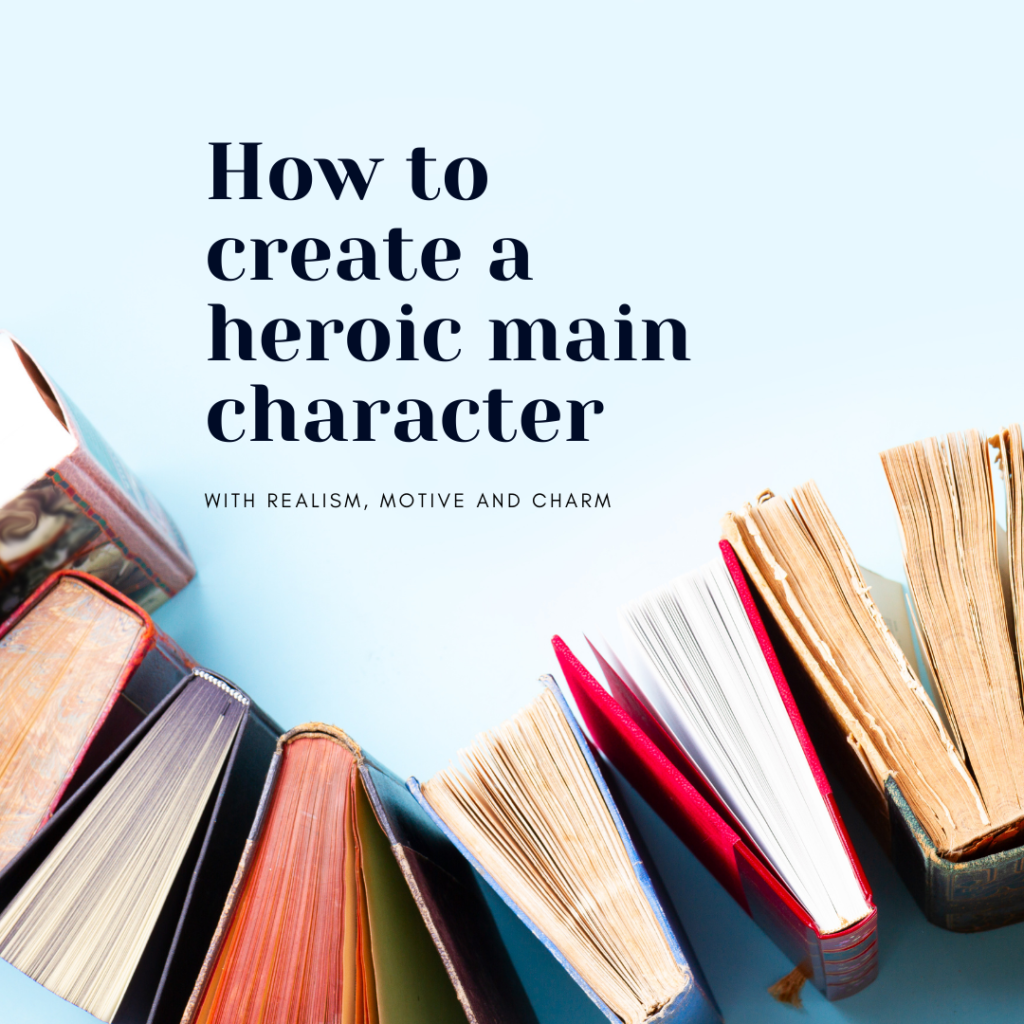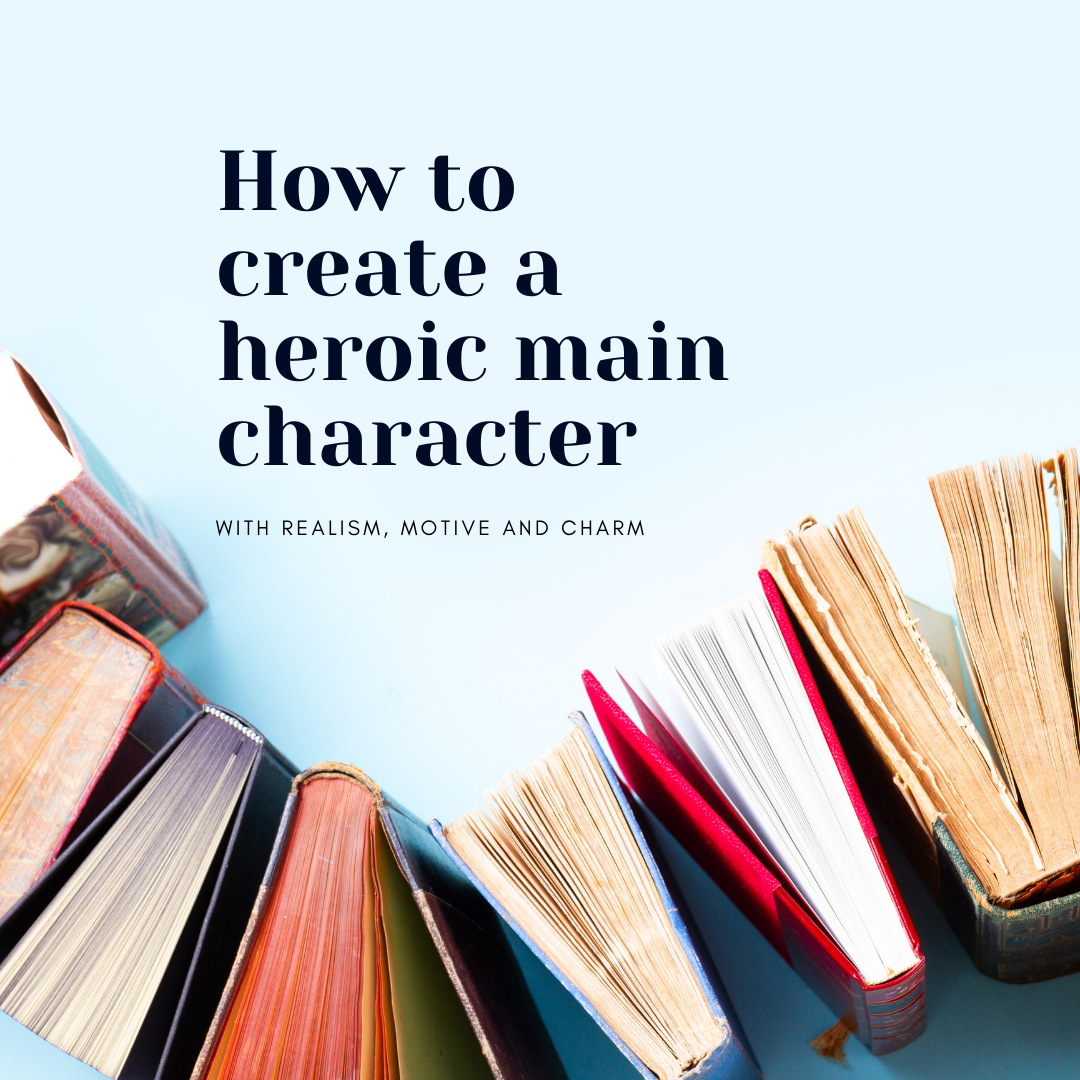One of the most important parts of fiction writing is establishing realistic characters that encourage you to learn more about them. While there can be some compelling side characters or even charming antagonists, a well-developed protagonist can really tug on your heartstrings.
But while fiction writing usually flows freely, there are some points you might want to follow to help create a heroic main character.

Writing the Hero:
Step One – Fine-tuning their back story
The best heroes in literature are the characters that show you why they act a certain way. If your story has your main character on an adventurous quest, make sure your readers know their motivation and that their personality reflects their motives.
Are they a noble hero who helps the needy? Well, why? Did they experience needing help in a similar way, or do they have a personal connection with the character in need? Try to link all character-defining personality traits to a back story – or at least show how they develop those characteristics throughout your novel.
Step Two – Keep it realistic
Even fantasy novels filled with magic must abide by some elemental law. Establish the rules of your world in the setting, and make sure your character doesn’t break them.
This will make your readers respect your main character when they achieve goals or break down barriers. It also helps the audience relate to your character and maybe even inspire your readers along the way.
Step Three – Give them responsibilities
When you think of inspiring people in real life, they’re often people who do a lot while getting little in return – for example, nurses, single mothers, and teachers. These different roles have a lot of responsibility tied to them: caring for someone, being great at time management or juggling a hundred jobs at once.
Your character doesn’t have to fit into that specific description but regardless, giving your hero basic responsibilities will keep them admirable. Do they have a family? How does the family fit into the storyline? What about a job? Are they heroic because they’re good at their job, or because they persevere through hardship?
Step Four – Reacting to adversity
Adversity in a novel is bound to happen. The climax of a story is what drives the novel, after all. For many heroes, this could be battling it out with a mega-boss, or sticking up for themselves when things go south. Regardless of the storyline, how your character reacts to adversity can be what makes or breaks them.
Following on from being responsible, does your character take responsibility for their actions and mistakes? Are they prepared to point out where they have gone wrong? Or does your character fall at the first sign of difficulty? To keep your characters realistic, they should face struggle within your genre – but allow them to grow from it. Maybe they will have new personality traits after these moments of adversity, and for the better.
Step Five – Staying likeable
Unless your main character is a hero only because of their achievements, otherwise boasting a sour attitude, they need to be likeable.
This doesn’t mean you should edit out their human characteristics – we all get angry or upset sometimes. But likeable characters stick to their core values, often revolving around kindness. Make sure they don’t treat people poorly, or purposely do things that could deem them antagonistic. If they do, make sure they understand why they were wrong and show regret in future actions. No one wants to cheer for a bully, after all.
Heroes come in all shapes and sizes, with personalities differing far and wide. However, by following these five steps, your heroic characters will have no trouble shining through, becoming a fan favourite by the readers.
Send us an email at publishing@inhouseprint.com.au to let us know if you’ve followed these steps. We’d love to hear about your heroic characters!








